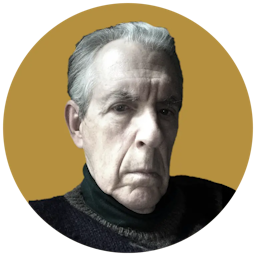Women’s History to the Rescue
There is a kind of heroism in biography itself that is seldom understood, let alone celebrated, but these books make a start.

‘After Sappho: A Novel’
By Selby Wynn Schwartz
Liveright, 272 pages
Please check your email.
A verification code has been sent to
Didn't get a code? Click to resend.
To continue reading, please select:
Enter your email to read for FREE
Get 1 FREE article
Join the Sun for a PENNY A DAY
$0.01/day for 60 days
Cancel anytime
100% ad free experience
Unlimited article and commenting access
Full annual dues ($120) billed after 60 days

